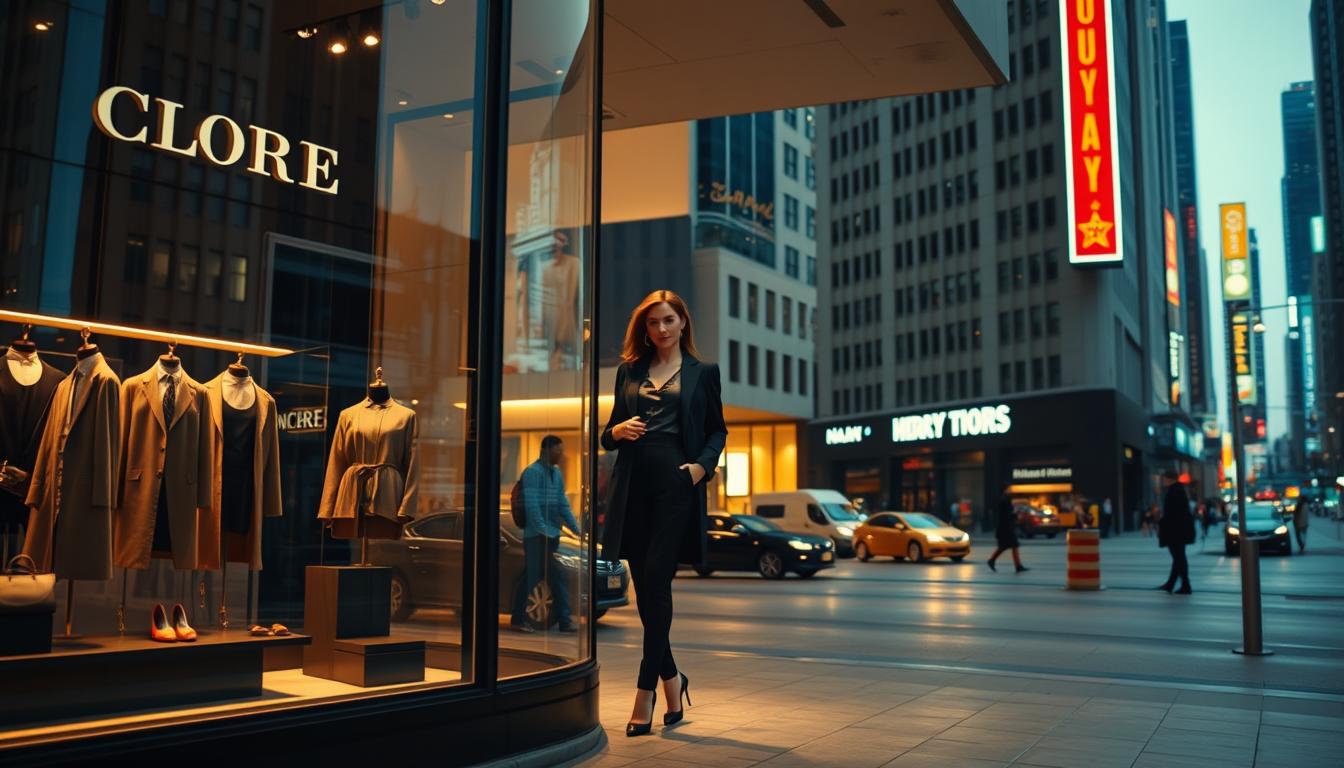Crowley Media Group leads in digital marketing for luxury fashion brands. The global luxury fashion market is worth over $87 billion. This makes it key for brands like Louis Vuitton, Chanel, and Gucci to measure their PPC well.
Measuring PPC in luxury fashion needs a detailed approach. Our team shows that emotional content and the right keywords can boost sales and how people see your brand.
Luxury brands need advanced digital marketing to show their exclusivity and prestige. With smart PPC strategies, marketers can make ads that speak to high-end shoppers. This drives real engagement.
Key Takeaways
- Emotional content drives 31% higher revenue growth in luxury marketing
- Long-tail keywords reduce cost-per-click and increase conversion rates
- Targeted PPC strategies are essential for luxury fashion brands
- A/B testing helps optimize ad performance and audience targeting
- Dynamic remarketing can re-engage potential luxury consumers
Understanding the Luxury Fashion Market Landscape

The luxury fashion market has changed a lot, with 80% of luxury buys now influenced online. This change means we need new ways to advertise luxury goods. These strategies must be more than just ads.
Important market trends give us key insights for digital ads:
- Millennials and Gen Z now drive online luxury purchases
- Digital touchpoints can reach up to 23 interactions per high-value purchase
- The global luxury market reached €1.5 trillion in 2023
Luxury fashion digital ads show us that today’s shoppers want more than just products. They want experiences and personal connections. Brands need to use advanced data to make ads that speak to these shoppers.
Strategic thoughts for luxury fashion PPC include:
- Developing sophisticated audience segmentation
- Creating immersive digital storytelling
- Implementing intelligent attribution modeling
The future of luxury marketing lies in understanding and anticipating consumer desires through intelligent, data-driven strategies.
Unique Characteristics of Luxury Fashion Consumers
Luxury fashion buyers are a complex and changing group. They have specific ways of buying things. Knowing these groups well is key for making good PPC campaigns and analyzing luxury fashion paid search.
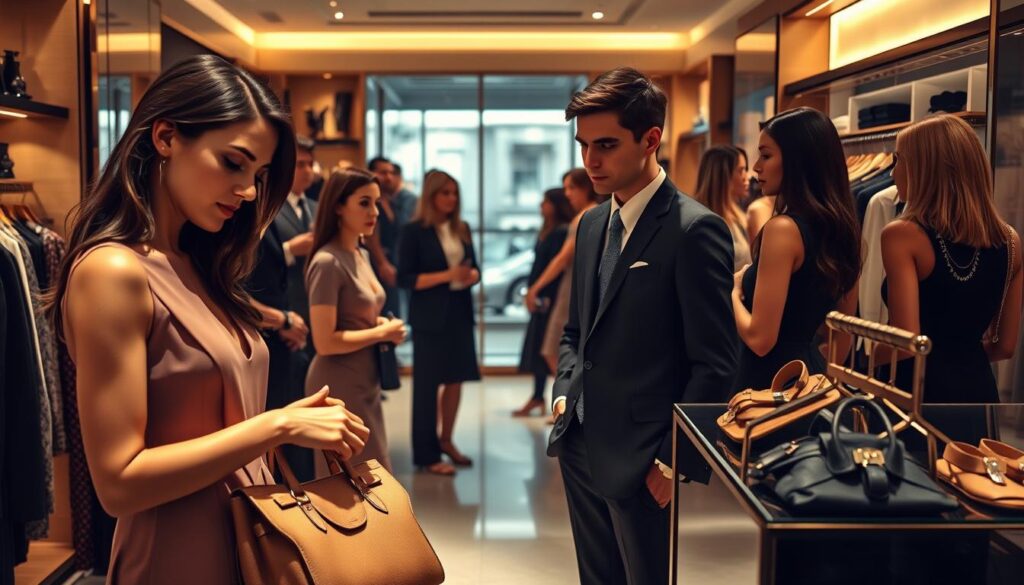
The world of luxury fashion has many different types of buyers. Each group has its own special traits and reasons for buying:
Consumer Segments
- Ultra-High-Net-Worth Individuals: At the top, they look for unique, high-quality items and experiences.
- Aspirational Consumers: Making up 18% of the luxury market, they make smart choices when buying luxury goods.
- New Luxury Shoppers: Younger people like Gen Z and Millennials will likely make up 75-80% of luxury sales by 2030.
Purchase Behavior
Luxury fashion buyers are very smart about their online research. Here are some important facts:
- 80% of luxury sales are influenced by digital means.
- 66% of buyers do a lot of research before they buy.
- More than 40% compare prices and photos before making a purchase.
- The more expensive the product, the more touchpoints there are.
These numbers show how crucial it is to make targeted PPC campaigns for luxury fashion. Brands need to use detailed insights to offer personalized digital experiences. These experiences should speak to each unique group of buyers.
Essential PPC Metrics for Luxury Fashion
Luxury fashion brands need to track PPC metrics in a special way. They go beyond what regular online stores do. Knowing the right performance indicators changes how they see PPC in luxury fashion.
Important metrics for luxury fashion digital ads include:
- Return on Ad Spend (ROAS): Shows how much money is made compared to what’s spent on ads
- Customer Acquisition Cost (CAC): Tracks how much is spent to get a new customer
- Customer Lifetime Value (CLV): Looks at how much money a customer will spend over time
- Conversion Rate: Shows how many ad clicks lead to big purchases
Tracking PPC metrics for luxury fashion needs a deeper look. The average Google Ads conversion rate is about 3.75%. But luxury brands aim for higher, like 7-10%, because they target high-end customers.
Metrics like click-through rate (CTR) and quality score are key. Search ads usually have a CTR of around 3.17%. Luxury brands must write ad copy that speaks to their upscale audience.
Brands that innovate use detailed analytics to see how customers move through their journey. By looking at more than just clicks, luxury fashion marketers can make ads that really connect with their audience.
Measuring PPC in Luxury Fashion
Tracking PPC performance in luxury fashion needs advanced analytics and smart measurement. Luxury brands want exact results from their digital marketing. So, tracking performance well is key to success.
![]()
Good luxury fashion cost per click analysis uses many tracking methods. These go beyond simple metrics. Digital marketers need top tools to grasp the complex consumer journey in high-end fashion.
Performance Tracking Methods
Important strategies for tracking luxury fashion PPC include:
- Multi-touch attribution modeling
- Comprehensive conversion path analysis
- Advanced audience segmentation
- Cross-channel performance integration
Advanced Analytics Tools
For sophisticated PPC tracking in luxury fashion, special analytics platforms are needed. These tools should capture detailed consumer interactions. Brands should look for tools that offer:
- Real-time data visualization
- AI-powered predictive insights
- Granular audience behavior tracking
- Integrated offline and online data mapping
With 8% of luxury sales online and 80% of in-store buys influenced by digital, precise analytics are crucial. Using strong tracking helps luxury brands improve their digital marketing.
Advanced Targeting Strategies for Luxury Audiences
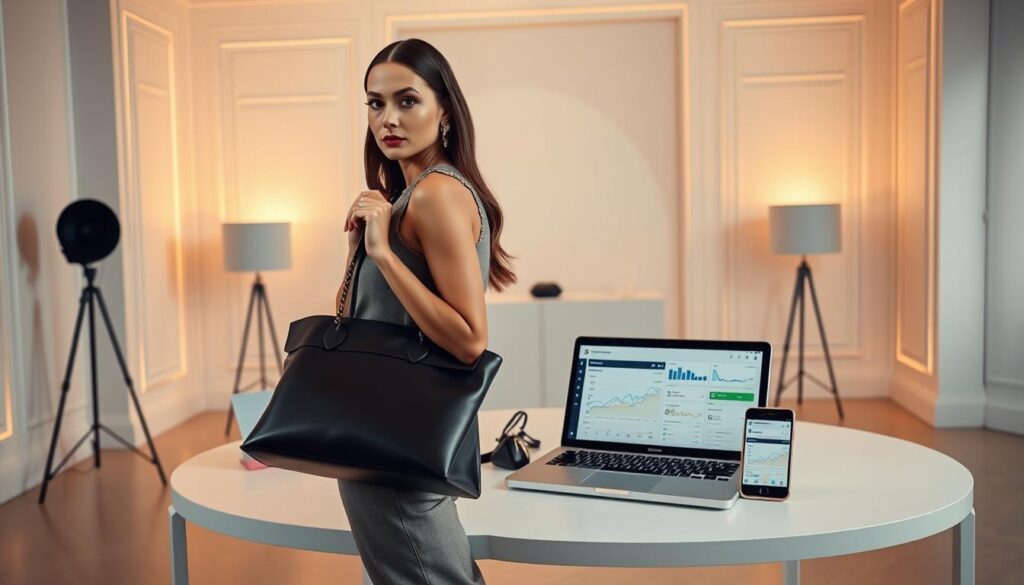
Effective PPC campaigns for luxury fashion need advanced targeting. This goes beyond simple digital marketing. The luxury market demands precision and a deep understanding of high-value consumer behaviors.
Key targeting strategies for luxury fashion PPC optimization include:
- Behavioral Targeting: Identifying and segmenting audiences based on online browsing patterns, luxury purchase history, and engagement with high-end content
- Lookalike Audience Development: Creating targeted segments that mirror the characteristics of existing high-value customers
- Demographic Precision: Focusing on specific income brackets, ages, and lifestyle indicators
High net worth individuals are a key segment. They are active on social media, with 70% online and spending five or more hours daily. Luxury brands can use platforms like Microsoft Ads and Google Ads for precise targeting.
Digital sophistication is crucial. About 80% of luxury sales are influenced by digital. Brands can now target users by income, event attendance, and more. This ensures campaigns meet luxury consumers’ high standards.
Advanced techniques like Dynamic Keyword Insertion and programmatic display advertising help. They allow for hyper-personalized experiences. These meet the luxury audience’s expectations of exclusivity and sophistication.
Data Analysis and Performance Optimization
Effective luxury fashion marketing needs a deep dive into data and campaign management. Digital platforms have changed how luxury brands reach out to wealthy customers. It’s all about tracking performance closely.
The digital world brings its own set of challenges for luxury fashion PPC strategies. With 80% of luxury buys influenced online, brands must use top-notch analytics to boost campaign success.
Strategic Data Analysis Techniques
Successful luxury fashion marketing analysis includes key elements:
- Comprehensive customer journey mapping
- Multi-channel performance tracking
- Advanced attribution modeling
- Real-time performance optimization
Optimization Techniques for Enhanced Performance
Luxury brands can use targeted strategies to better their digital marketing:
- Use AI for audience segmentation
- Create personalized landing pages
- Try responsive ad formats
- Do continuous A/B testing
Precision targeting and data-driven insights are key to turning digital audiences into high-value customers. By using advanced analytics and dynamic optimization, luxury fashion brands can see great results in digital marketing.
Integration with Omnichannel Strategy
Luxury fashion brands are changing their digital ads by using omnichannel strategies. They track PPC performance to make sure customers have a smooth experience everywhere. This is key for a brand’s success.
Today’s luxury shopper wants a single, unified experience with a brand. They don’t just stick to one channel. In fact, 73% of online shoppers use more than one channel when buying something.
- Mobile-first approach integration
- Synchronized customer profiles
- Personalized cross-channel experiences
- Real-time data synchronization
Brands that do omnichannel well can see a 23% boost in sales. Sephora and Starbucks show how AI and data analytics can make customer interactions better. This leads to more engagement and loyalty.
For a good omnichannel strategy, consider these:
- Keep your message the same on all digital platforms
- Make sure online and offline experiences are smooth
- Collect all customer data you can
- Use advanced targeting with luxury fashion digital ads
With advanced PPC tracking, luxury fashion brands can build a holistic marketing ecosystem. This meets the high standards of today’s shoppers.
Conclusion
The world of luxury fashion PPC metrics tracking is changing fast. With 80% of luxury buys influenced online, brands need new strategies. They must go beyond old ways of advertising.
Advanced data models help understand complex customer paths. These paths can have up to 23 touchpoints before a big purchase.
Luxury brands should focus on personalization and new ways to measure success. By using Customer Lifetime Value (CLV) and smart attribution, they can improve their PPC plans. The digital world needs constant testing, with tools like Google Ads and Facebook helping reach luxury shoppers.
Want to boost your luxury fashion online marketing? Crowley Media Group is here to help. Our team uses top analytics and market knowledge to boost engagement and sales. Call us at (212) 555-7890 or visit www.crowleymediagroup.com to change your digital ads.
The future of luxury fashion PPC is about smart, data-driven plans. It’s about using tech and knowing what high-end shoppers want. By keeping up with trends and using full measurement, brands can make digital experiences that wow their audience.

